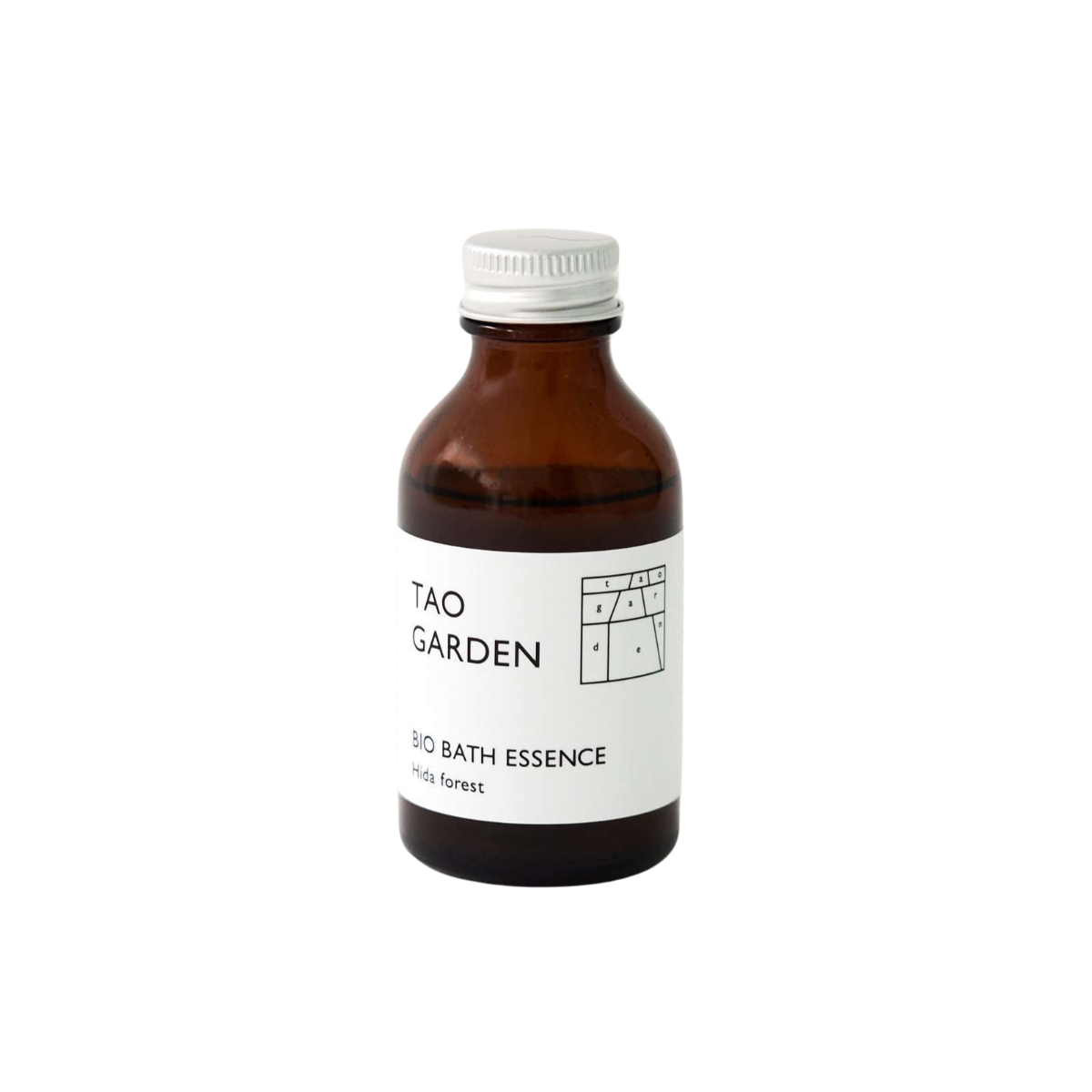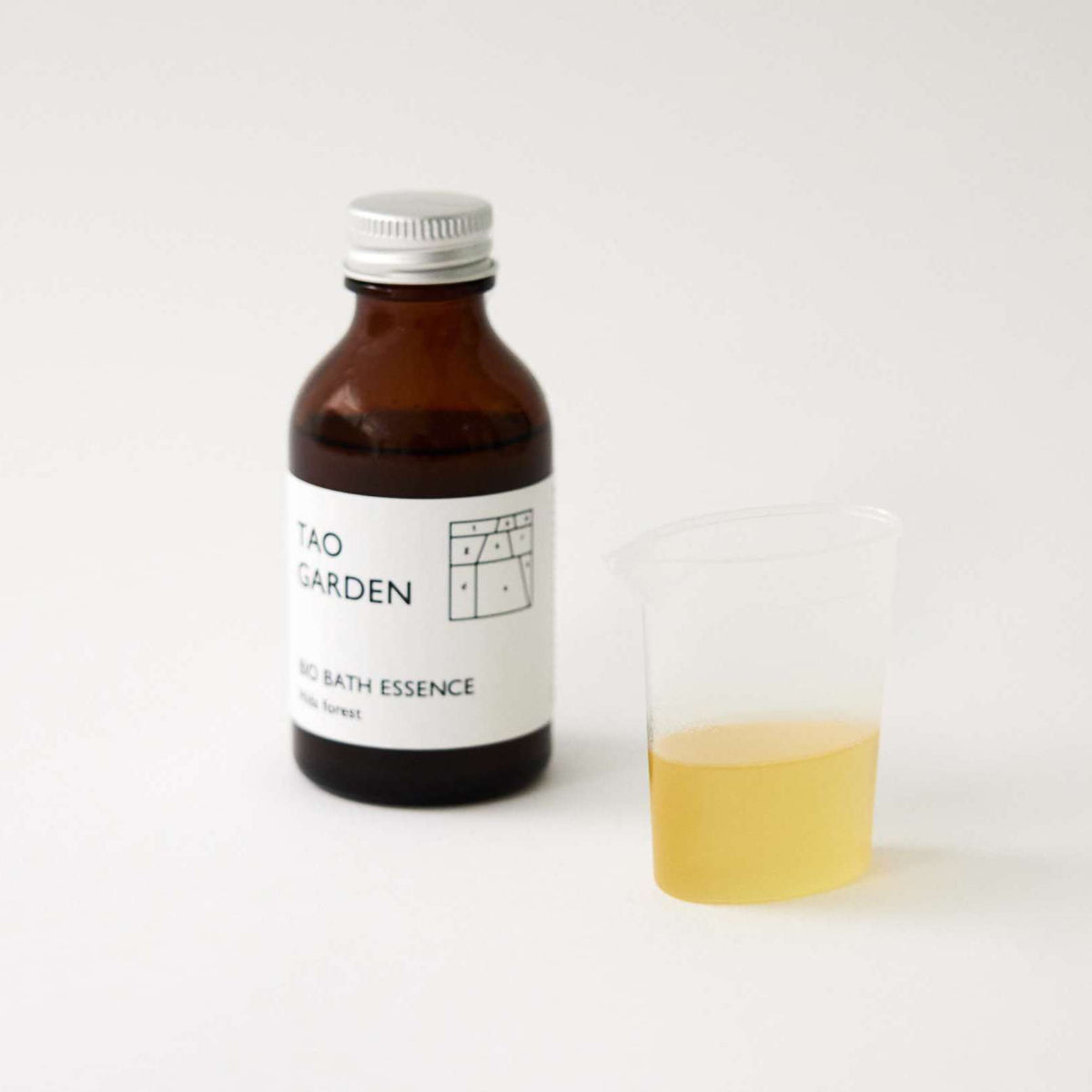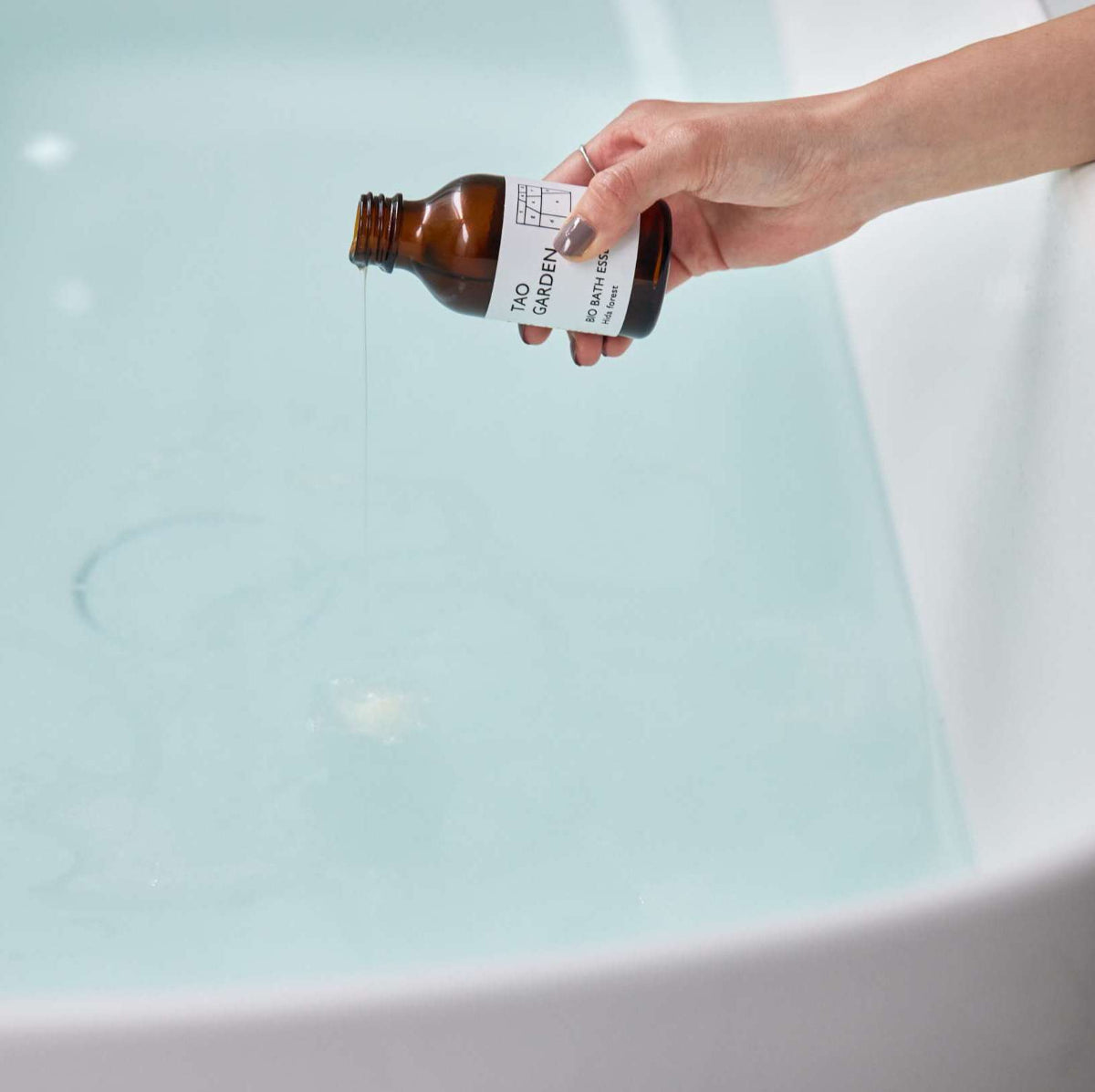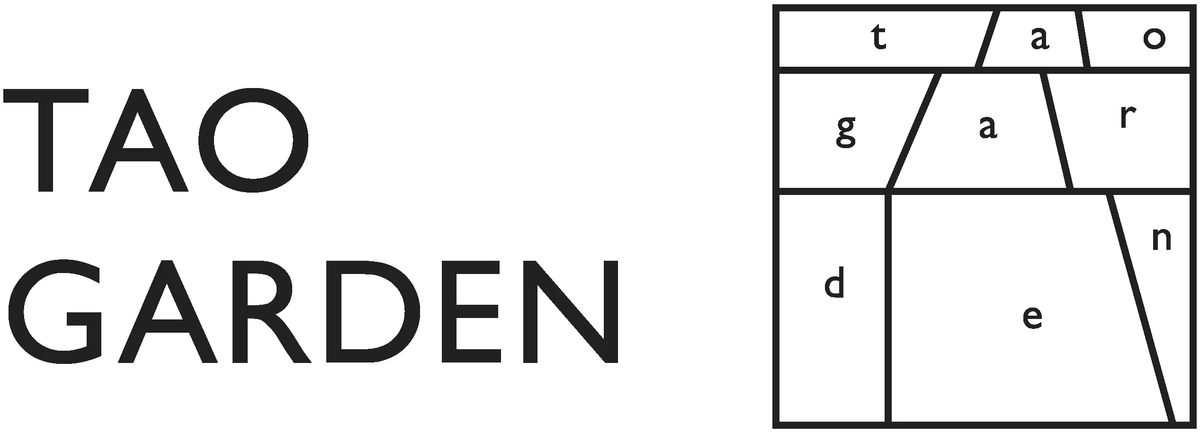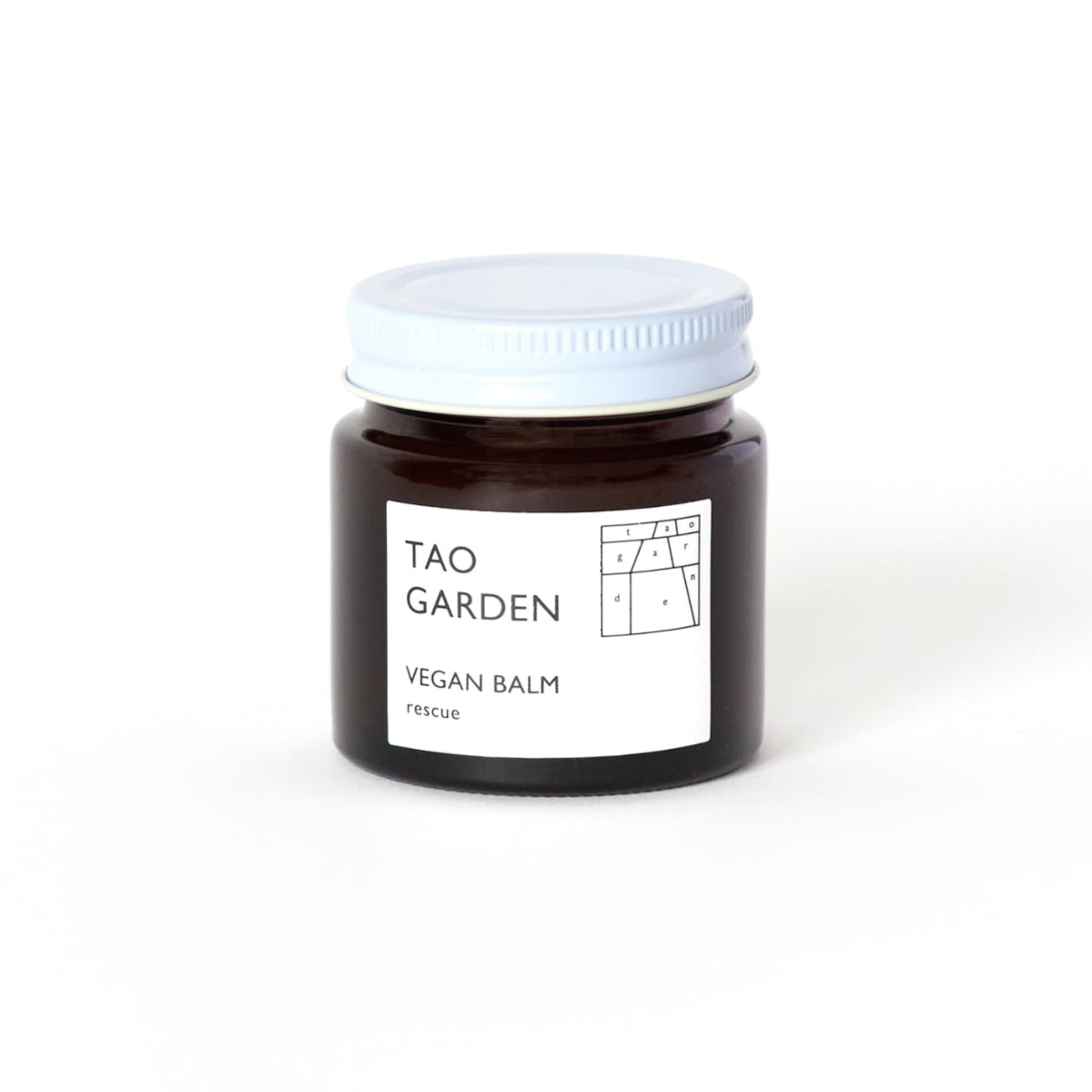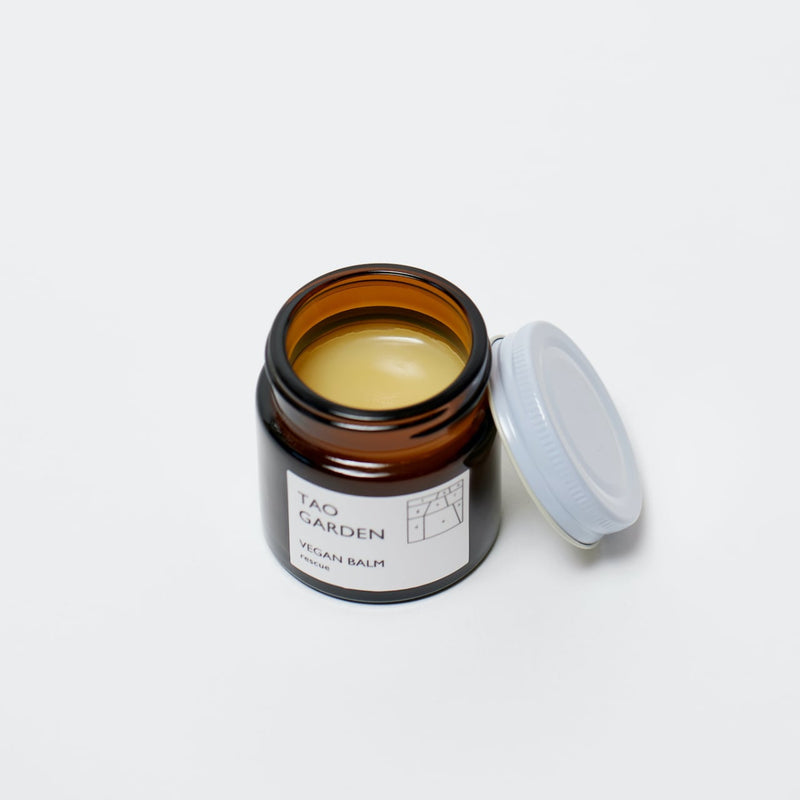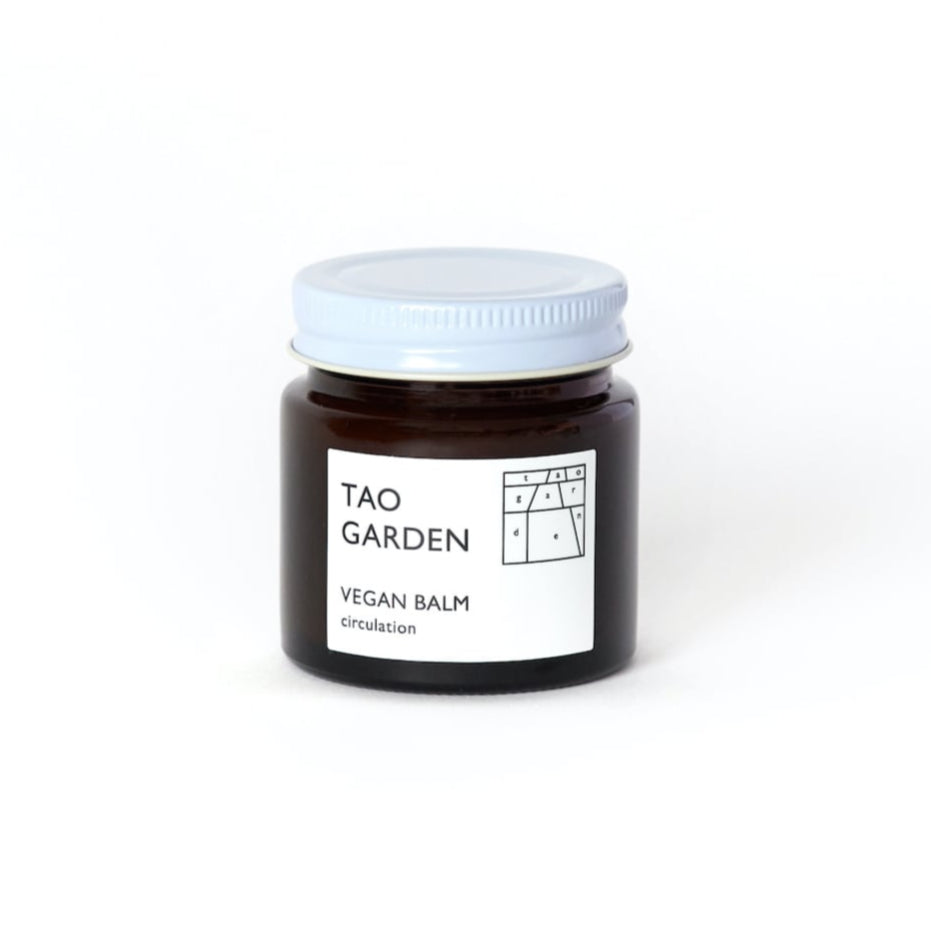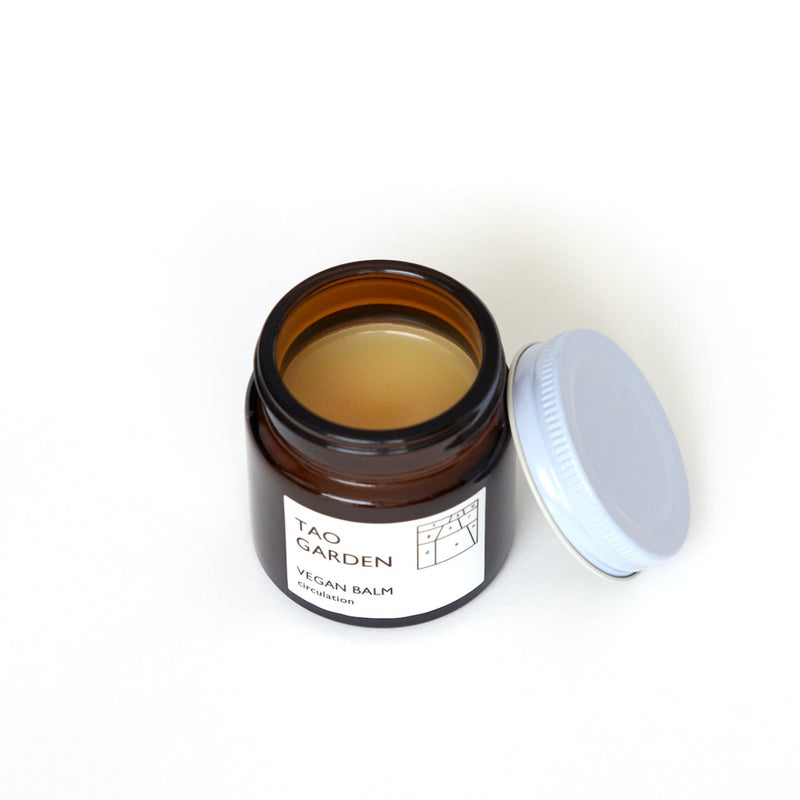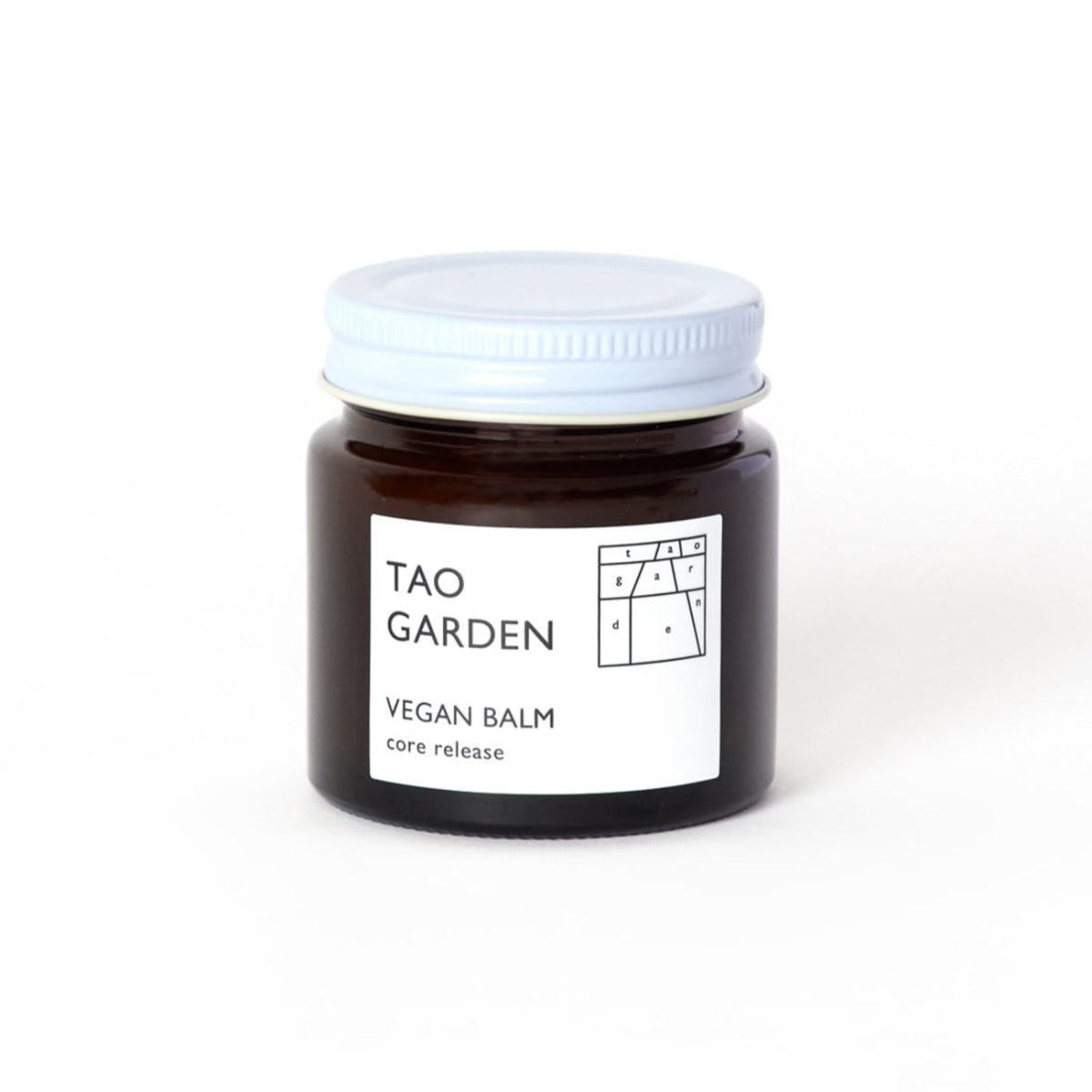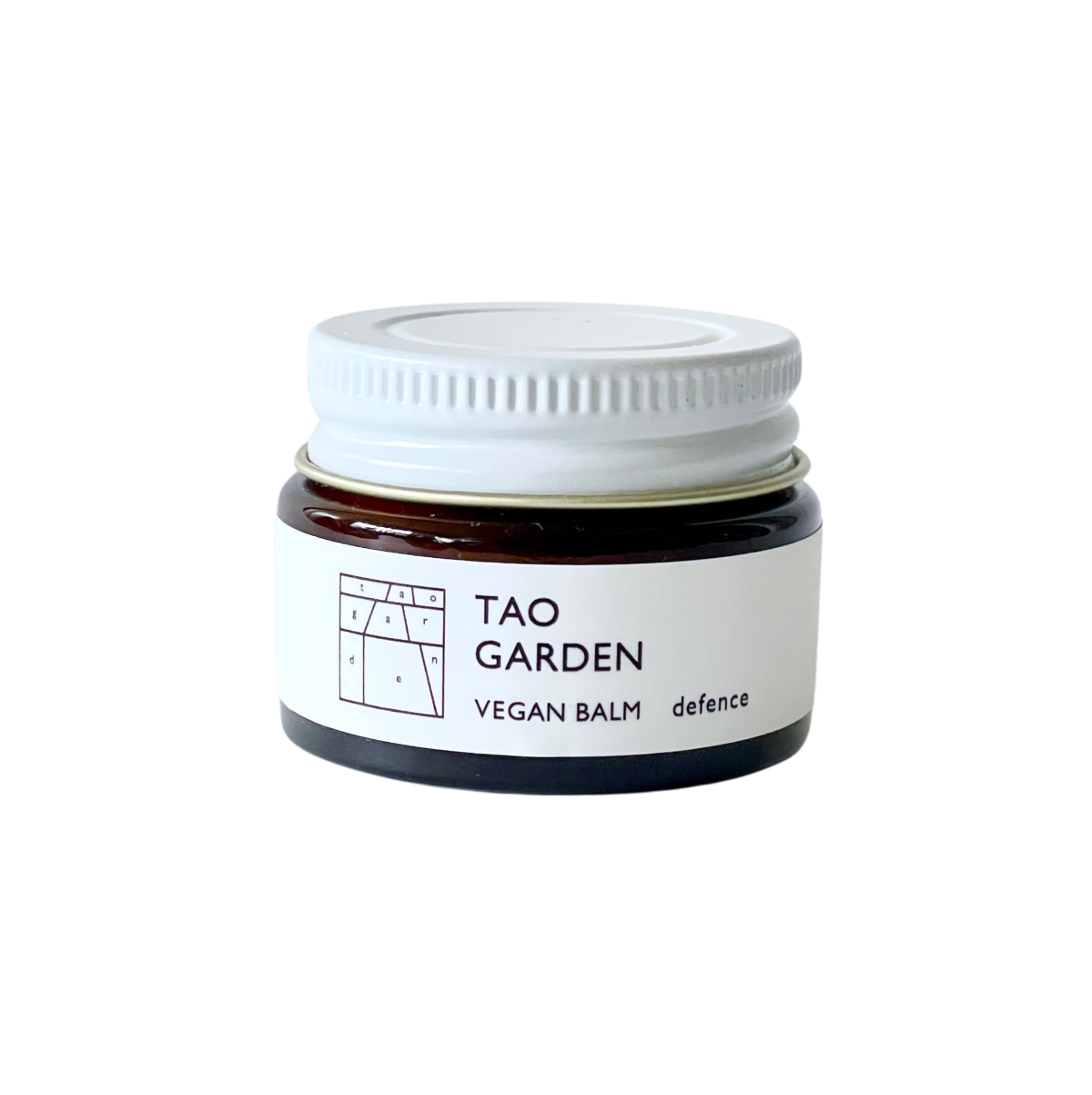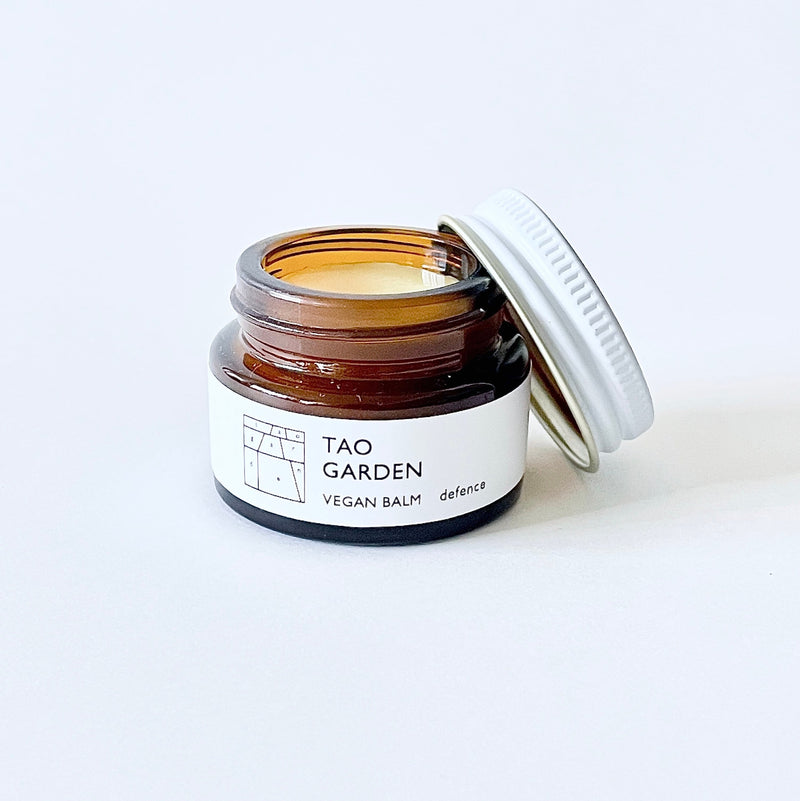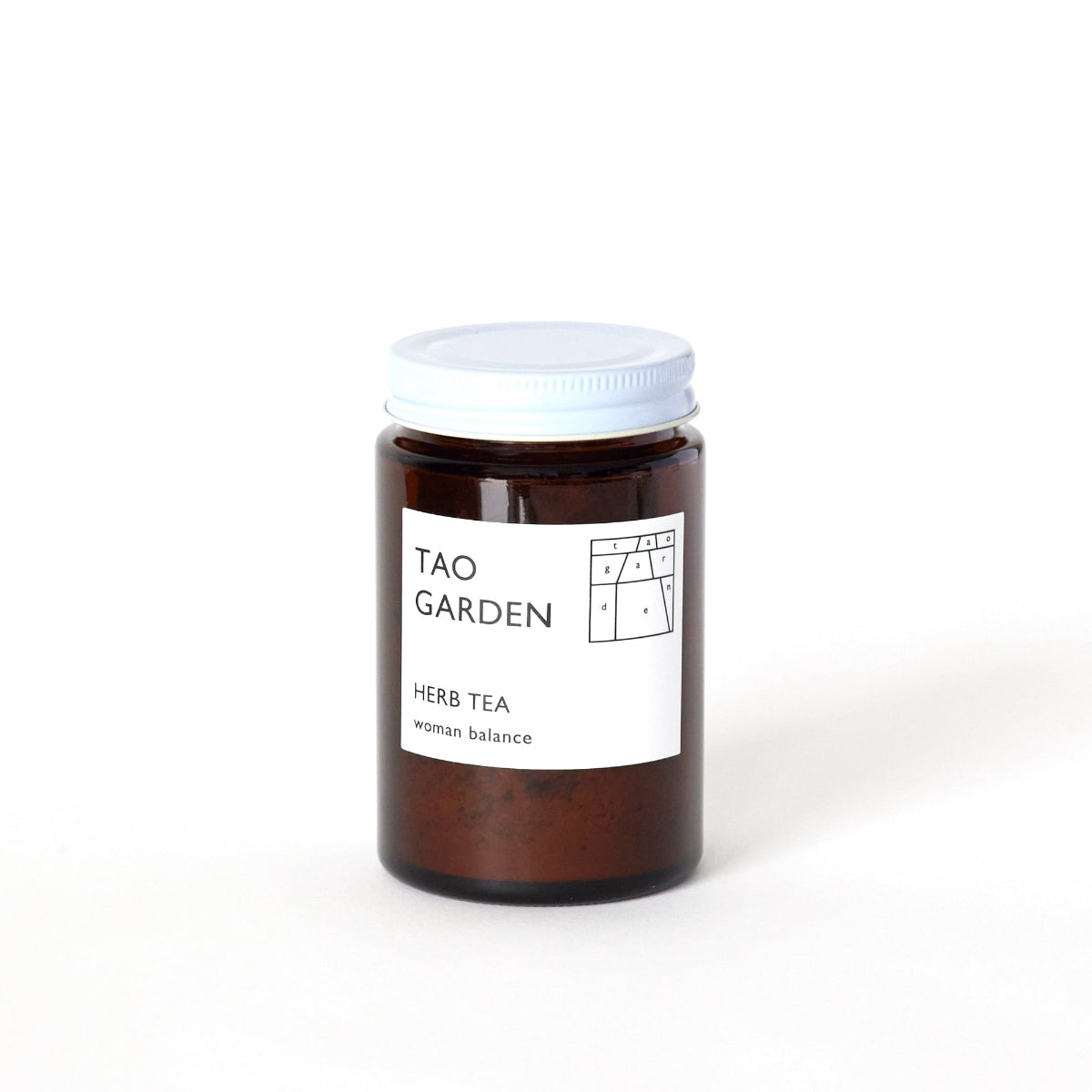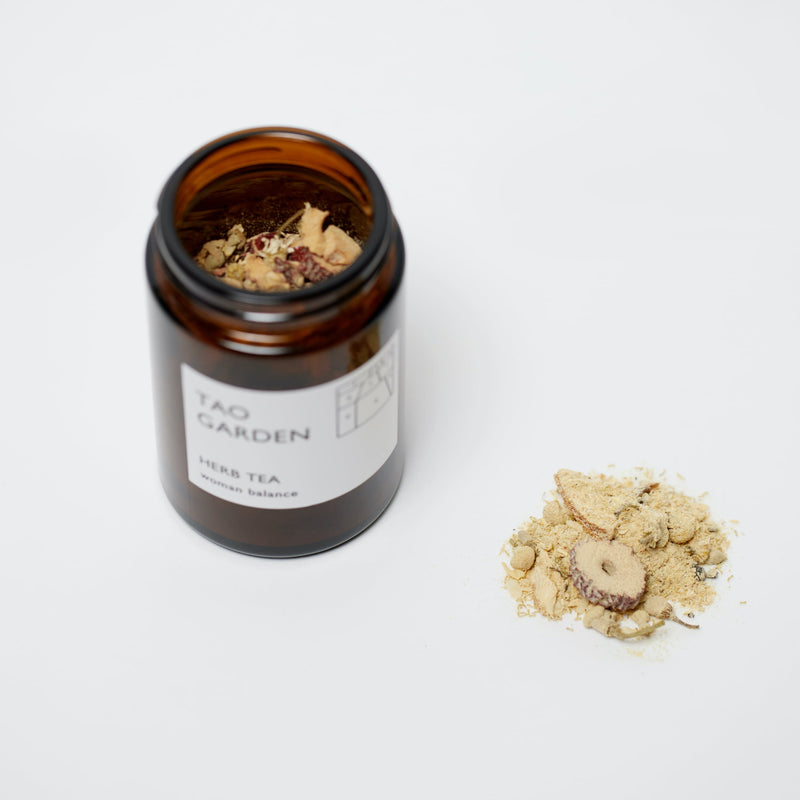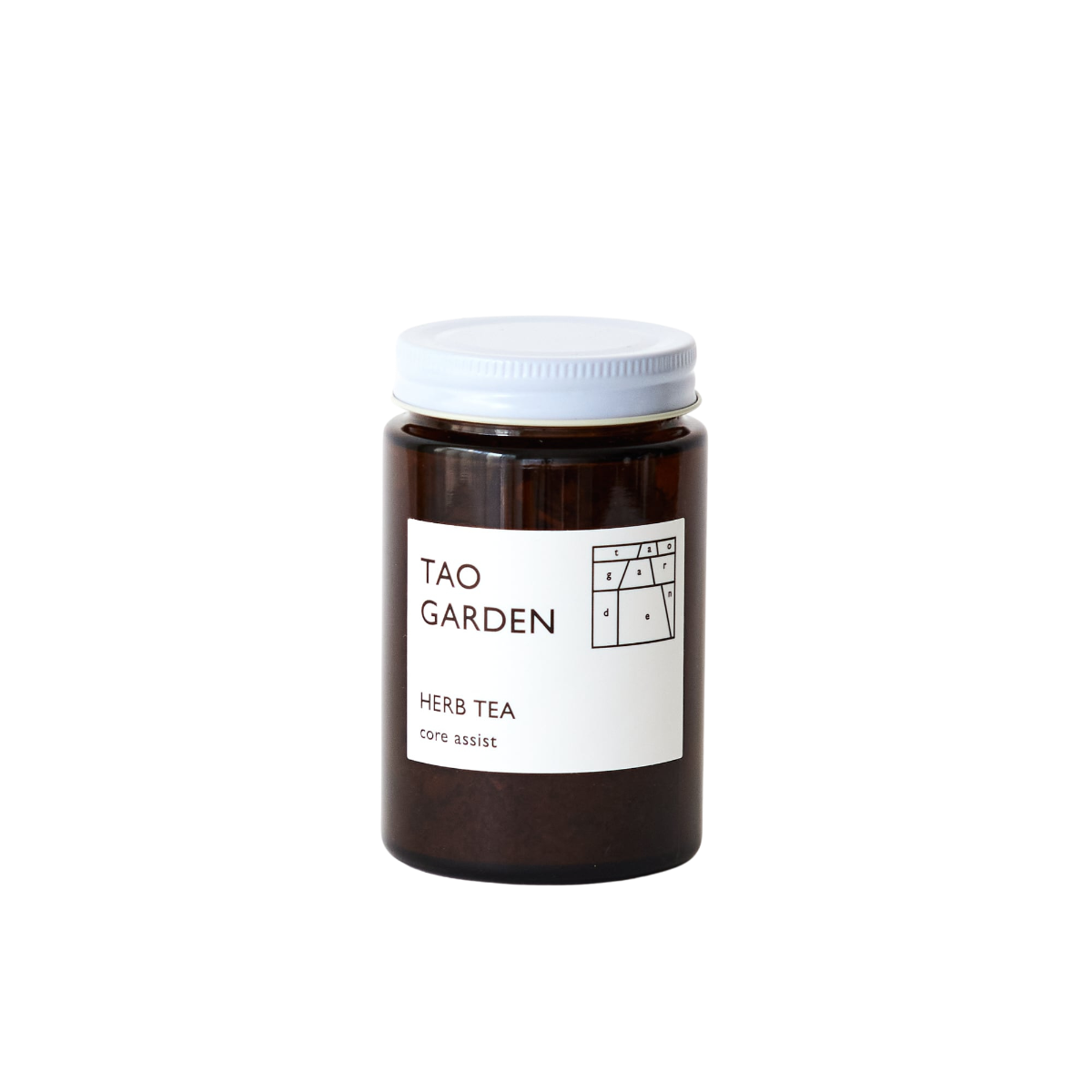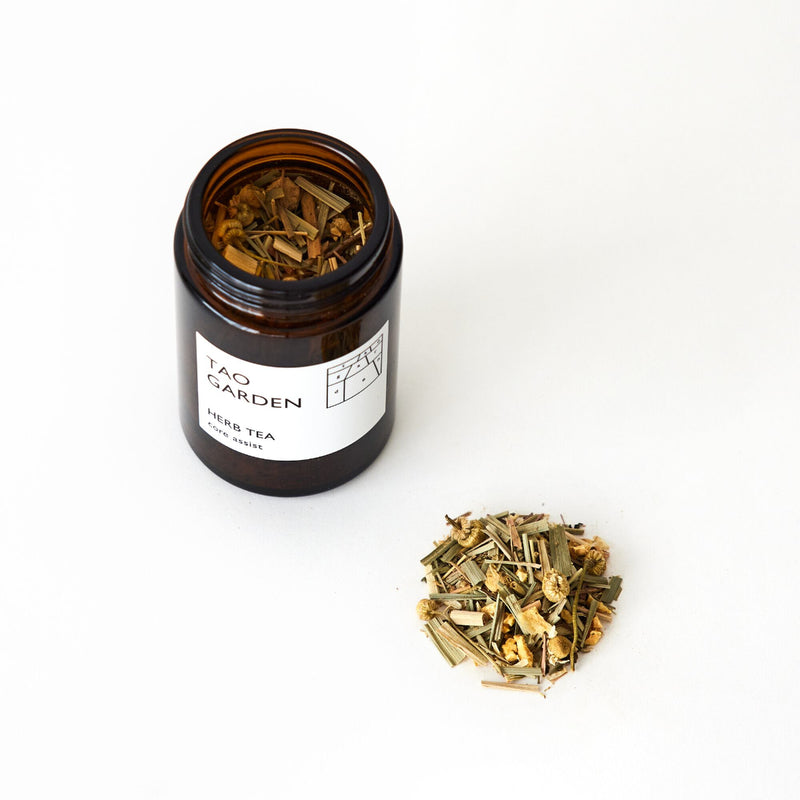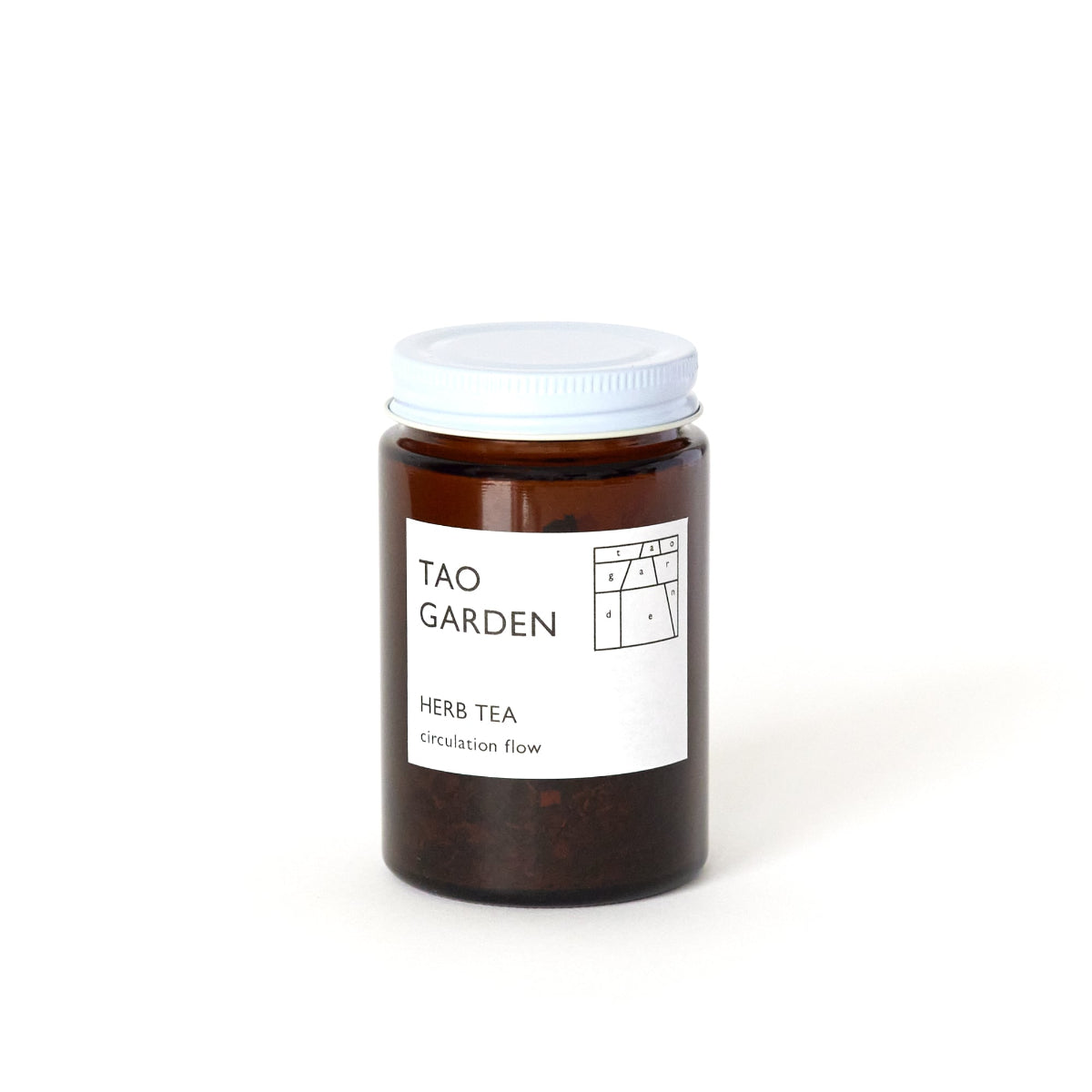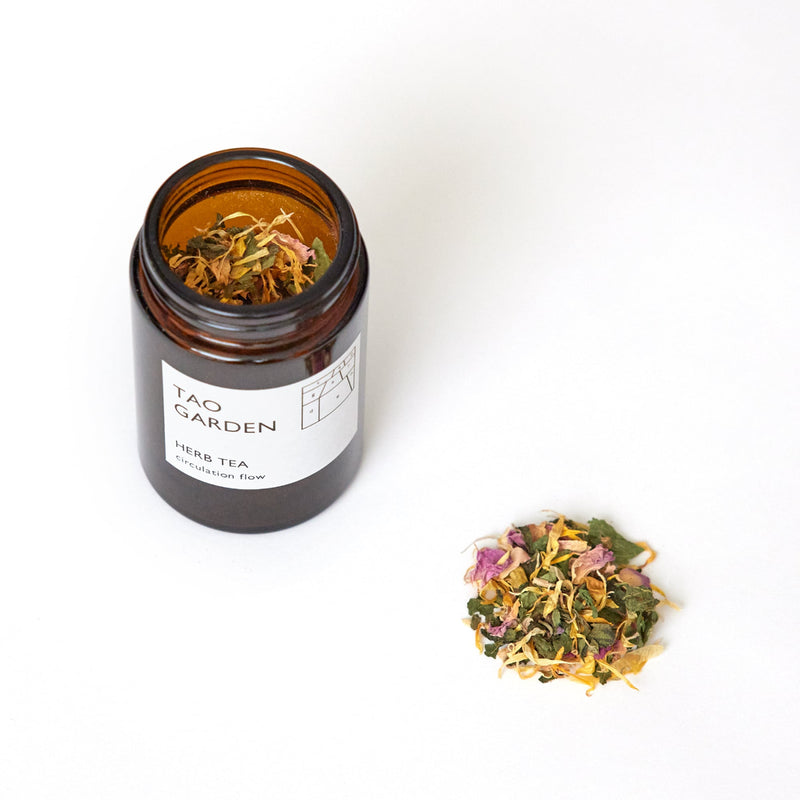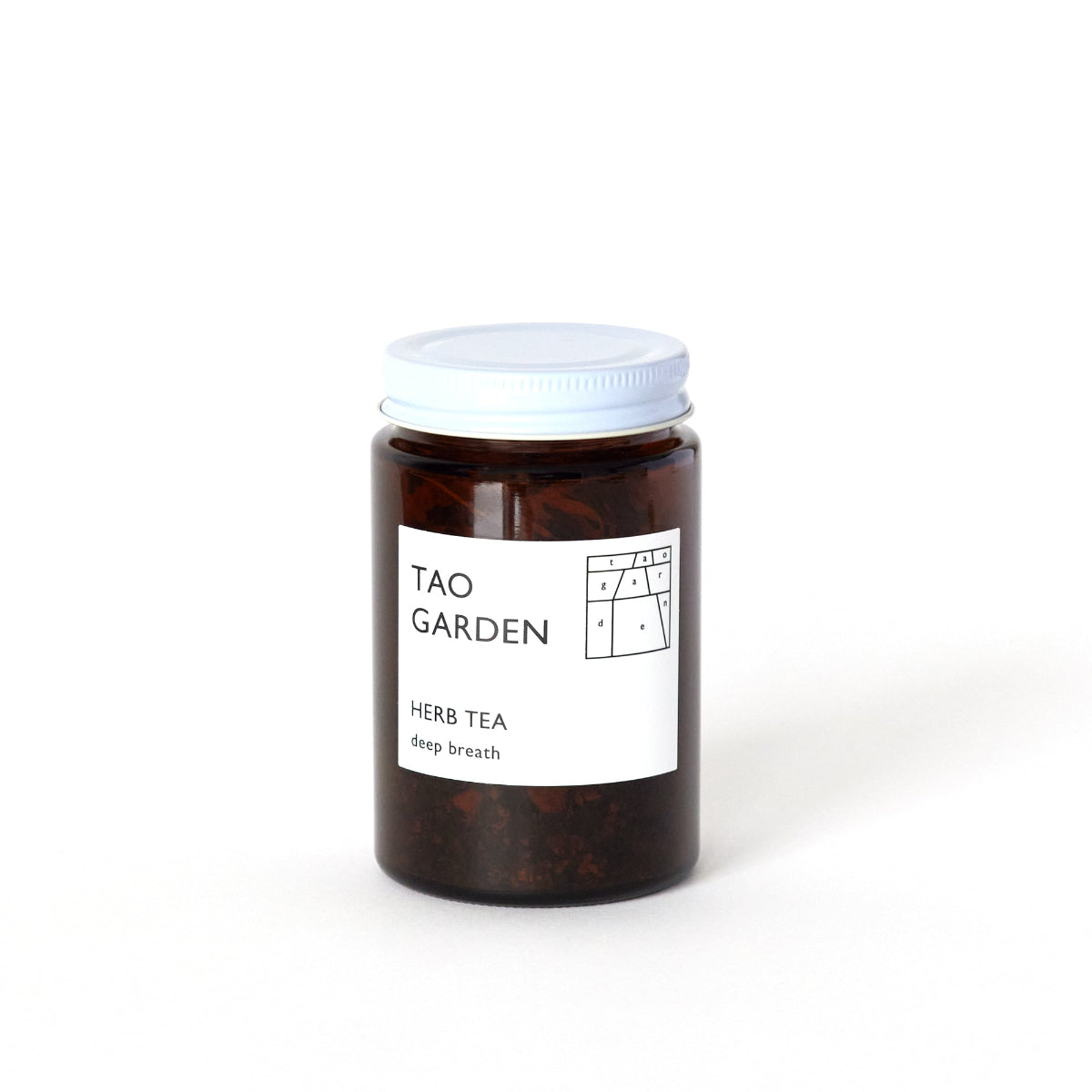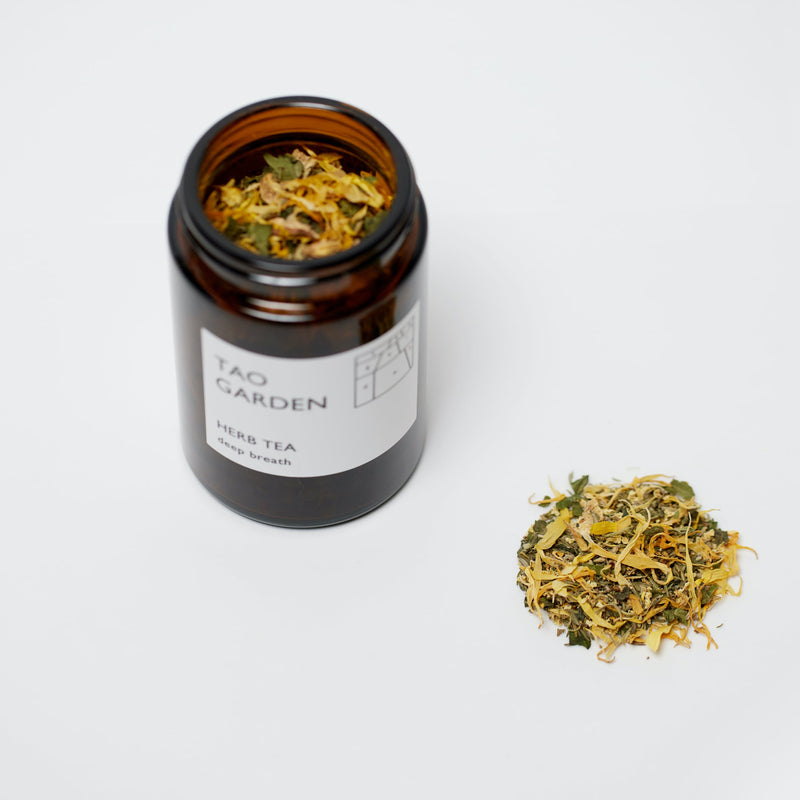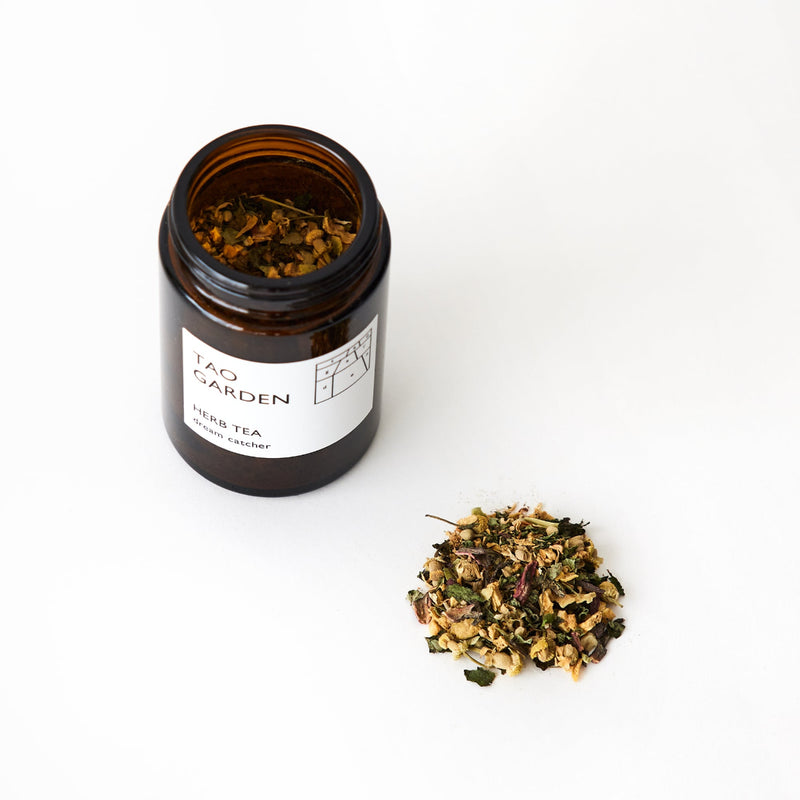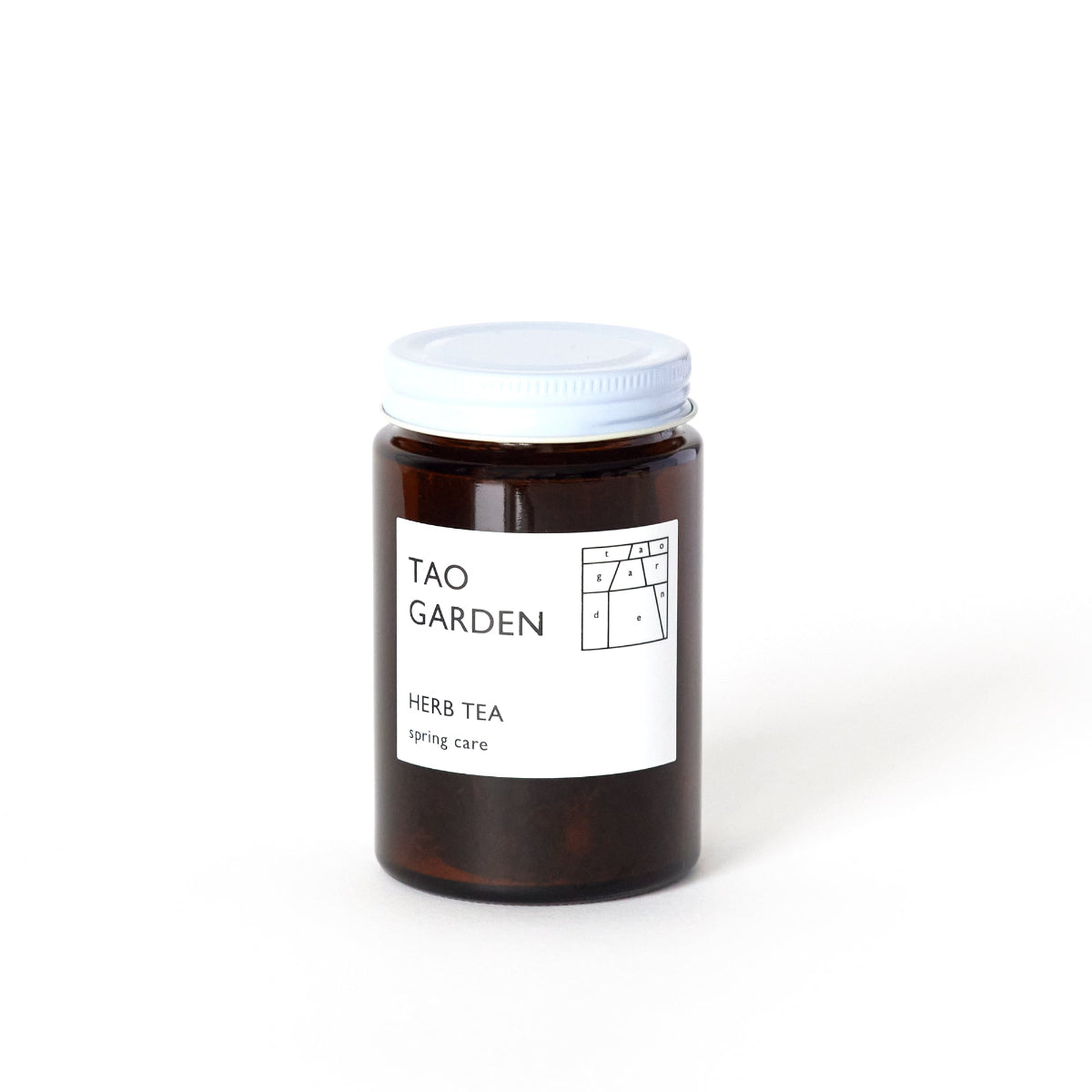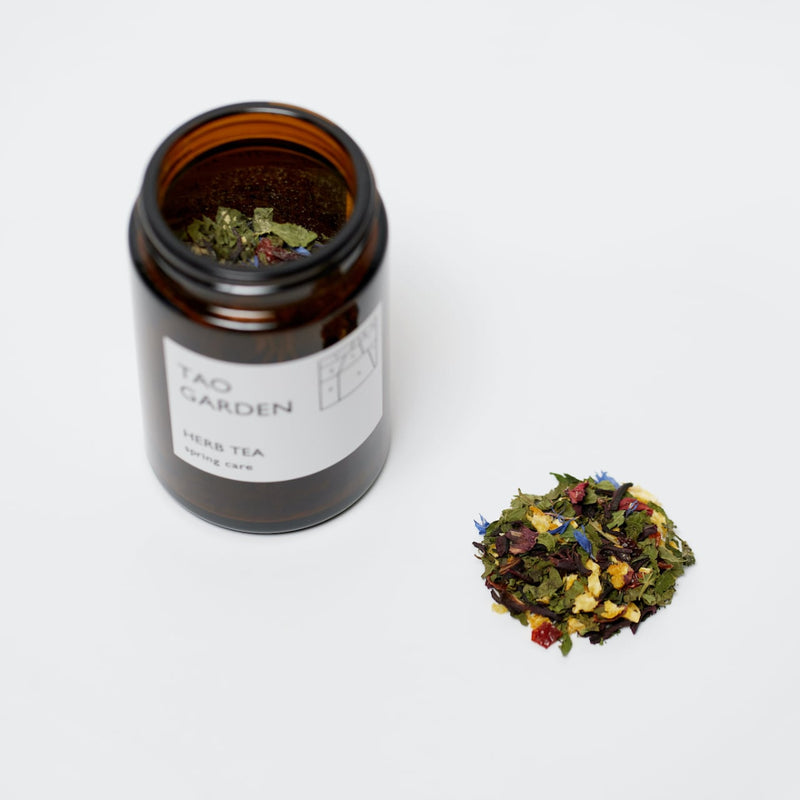TAO GARDEN BIO BATH ESSENCE Hida forest 100mL
- Regular Price
- $57.00
- Sale Price
- $57.00
- Regular Price
- Unit Price
- Translation missing: en.general.accessibility.unit_price_separator
TAO GARDEN BIO BATH ESSENCE Hida forest
This luxurious bath essence contains a blend of seven carefully selected herbs from the Hida Forest, known for its rich diversity of over 245 medicinal plant species. The ingredients include Amplexicaule phellodendron, mugwort, Japanese kakidooshi, akorzuchi, mulberry, kudzu, and umbellata. These concentrated natural herb extracts work together to enhance circulation throughout the body, while helping to improve dry and rough skin.
As you soak in the soft, milky-white water, your skin is nourished and moisturized, leaving you with a healthy, radiant complexion. The warm bath effect soothes both body and mind, providing deep comfort. The delicate, sweet woody scent of cloves—used for centuries as incense in Buddhist temples and shrines to ward off evil spirits—gently envelops you, adding a touch of serenity to your bath experience.
*100% plant-based. Only organic or similar herbs are used as ingredients.
*No animal ingredients, mineral oils, petroleum-based surfactants, silicone, parabens, synthetic fragrances, or synthetic colorings are used.
Contains 7 Types of Natural Herbs from the Hida Forest
Philosophia Amplexicaule
A tall, deciduous tree from the Rutaceae family, its bark turns yellow when peeled. Known as Huangbai in traditional Chinese medicine, it has long been used as a stomach remedy, anti-inflammatory, and antiseptic. It is also believed to have been used as a folk medicine for centuries.
Mugwort
Mugwort is the primary ingredient for moxa in moxibustion therapy. Its distinctive fragrance contains cineole, which has a warming effect on the body. Mugwort steaming, introduced from Korea, has been a popular folk remedy for women's health issues.
Kakidooshi
Used as a folk remedy in both Japan and France for many years, Kakidooshi is harvested from the base of the plant in early summer, dried in the shade, and made into a herbal medicine known as Rensenso. A strong decoction is often applied to eczema and is also effective in treating digestive issues.
Inokozuchi
The stem of Inokozuchi has a square cross-section, with nodes resembling the knees of a boar, which is how it got its name, meaning "boar's knee hammer." It produces small green flowers from summer to autumn. Consuming it in salads or using it as a dried topping is said to improve blood circulation.
Mulberry
Mulberry, known for its delicious fruit, also boasts nutritious leaves and stems rich in calcium, iron, carotenoids, and minerals. Historically valued as a herbal remedy, it is also famous for being the primary food source for silkworms. Remarkably, mulberry contains 60 times more vitamin C than cabbage.
Kuzu
A perennial creeping plant from the legume family, Kuzu is known for its robust vitality. The roots are used in herbal medicine, particularly in kudzu root soup. When prepared as kudzu powder, it dissolves in hot water, creating a slightly sweet and thick consistency. Popular as a snack or recovery food, it is said that the plant's purple flowers can help cure hangovers.
Kuromoji
A unique Japanese herb, Kuromoji is less commonly used in herbal medicine. When a branch is broken or the bark is rubbed, it releases a refreshing, elegant scent. It is used to make high-quality toothpicks, tea, and essential oils for cosmetics.

